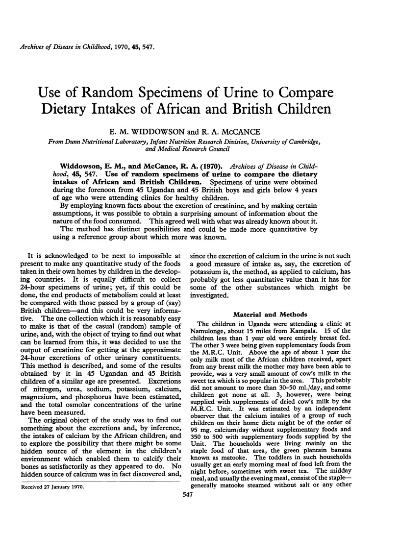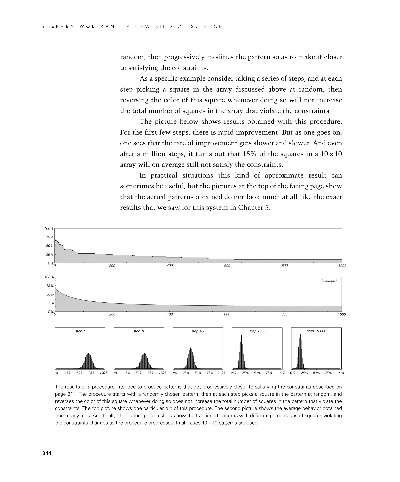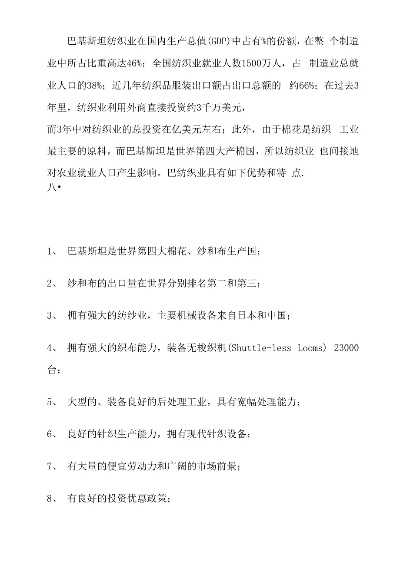Understanding the Phenomenon of Shrinkage in Textiles
: Understanding the Phenomenon of Shrinkage in Textiles,Shrinkage is a common issue that arises in textile materials, especially when subjected to high temperature, pressure or chemicals. The phenomenon is caused by the chemical changes in the fiber structure, which leads to a decrease in volume and density. In addition, shrinkage can also be affected by factors such as fabric composition, weaving method and processing conditions. This paper will analyze how these factors affect the shrinkage of textile materials.
In the world of fashion and textiles, one common issue that affects the quality and longevity of clothing is the phenomenon of shrinkage. This article will provide an overview of what shrinkage is, the causes behind it, and how to mitigate its impact when dealing with textile materials. Let's dive into the details.
Shrinkage refers to a change in the dimensions of a fabric or material due to moisture content, heat, and chemical reactions during processing or storage. It can manifest in several different ways, such as contraction, expansion, or warping, depending on the specific circumstances.
One common cause of shrinkage is moisture absorption by the textile fibers during manufacturing or cleaning processes. Moisture can be introduced through the use of chemicals during dyeing or printing, or by exposure to water or steam during washing or ironing. When these fibers absorb water, they swell slightly but lose their shape as the water dries out, leading to shrinkage.

Another reason for shrinkage is the application of heat to the fabric. During the dying process or during garment production, heat can be used to fix patterns or dyes onto the fabric. As the fabric cools down, the heat-set materials may shrink back, causing a reduction in size. Similarly, when garments are dried in high heat settings, they may experience shrinkage due to the thermal expansion and contraction of the fabric fibers.
To illustrate this point, let's take a look at an example from the fashion industry. A designer might use cotton fabric for a summer dress, which naturally has a tendency to shrink when exposed to moisture and heat during the manufacturing process. However, if the fabric is not properly washed and dried after manufacturing, it could experience further shrinkage due to the absorption of residual moisture and excessive heat exposure.
Now, let's turn our attention to mitigating the impact of shrinkage on clothing quality and appearance. Here are some strategies to keep in mind:
-
Quality Control During Manufacturing: Ensure that the raw materials used are of high-quality and are free from contaminants that could lead to shrinkage. Proper handling and storage techniques should also be followed to prevent moisture buildup or excessive heating during the production process.
-
Proper Cleaning Techniques: Washing fabrics with care is crucial to avoid damaging the fibers or causing shrinkage. Using mild detergents and cold water can minimize the risk of shrinkage, as well as reducing the likelihood of fabric damage. After washing, allow the fabric to air dry naturally rather than exposing it to high heat.
-
Drying Methods: Different fabrics have varying susceptibility to shrinkage when dried. For example, line-dried clothes may be less prone to shrinkage compared to machine-washed items that may require hot dryer cycles to achieve maximum shrinkage. It is important to follow the care instructions provided by the manufacturer for each fabric type to ensure proper drying practices.
-
Use of Heat-Resistant Materials: Some fabrics are specifically designed to resist shrinkage, making them suitable for high-demand areas like athletic wear. By using materials that are specifically engineered to withstand high temperatures or have low moisture absorption capabilities, manufacturers can reduce the need for excessive heat treatments during manufacturing or garment production.
In conclusion, understanding the phenomenon of textile shrinkage is essential for maintaining the quality and appearance of clothing. By implementing quality control measures, following proper cleaning and drying techniques, and utilizing materials that can resist shrinkage, we can help minimize the impact of this common issue on our wardrobe. Remember, every small effort counts towards ensuring the longevity and appeal of our favorite outfits!
在讨论纺织品缩水现象时,我们首先需要了解其基本概念和原因,纺织品缩水现象是指纺织品在加工或使用过程中,尺寸发生变化,导致其形状和外观发生变化的现象,我们将通过英文案例和表格来详细说明这一现象。
缩水现象概述
缩水现象通常发生在纺织品加工过程中,特别是在纺织品的印染、染色、整理等环节,这些环节涉及到多个因素,如温度、湿度、压力、化学物质等,都可能影响纺织品的尺寸稳定性,当这些因素发生变化时,纺织品可能会出现缩水现象。

缩水现象的成因
缩水现象的成因是多方面的,纺织品的材质本身可能存在吸湿性或收缩性,这是导致缩水现象的根本原因之一,纺织品的加工工艺和设备也可能对尺寸稳定性产生影响,不同的印染工艺、染色剂的使用、整理剂的浓度等都会对纺织品尺寸稳定性造成影响,环境因素如温度、湿度、压力等也可能对缩水现象产生间接影响。
缩水现象的案例说明
纺织品缩水现象的案例分析
假设某品牌的一款纺织品在印染过程中出现了缩水现象,经过调查发现,该批次纺织品在印染过程中使用了特定的染料和工艺,导致其吸湿性或收缩性增加,环境因素如温度和湿度也可能对缩水现象产生一定影响。
纺织品缩水现象的预防措施
为了防止纺织品缩水现象的发生,可以采取以下预防措施,选择合适的材质和工艺是关键,根据纺织品的材质和特性选择合适的印染工艺和设备,可以减少缩水现象的发生,严格控制环境因素也是必要的,保持适宜的温度和湿度范围,避免环境因素对缩水现象产生不良影响,定期检查和维护设备也是必不可少的,只有确保设备处于良好的工作状态,才能有效防止缩水现象的发生。
缩水现象的英文表格说明
以下是缩水现象的英文表格说明:
| 指标 | 缩水现象描述 | 相关原因 | 预防措施 |
|---|---|---|---|
| 材质特性 | 纺织品的吸湿性或收缩性增加 | 材质本身可能存在吸湿性或收缩性 | 选择合适的材质和工艺 |
| 加工工艺 | 印染工艺、染色剂的使用、整理剂的浓度等 | 这些因素可能影响纺织品的尺寸稳定性 | 严格控制加工工艺和设备条件 |
| 环境因素 | 温度、湿度等 | 环境因素可能对缩水现象产生间接影响 | 保持适宜的环境条件 |
| 案例分析 | 该批次纺织品在印染过程中使用了特定的染料和工艺导致缩水现象发生 | 这些因素可能导致缩水现象的发生 | 采取相应的预防措施 |
纺织品缩水现象是纺织品加工过程中的常见问题,为了有效防止缩水现象的发生,我们需要从多个方面入手,包括选择合适的材质和工艺、严格控制环境因素、定期检查和维护设备等,我们也需要了解缩水现象的成因,以便更好地预防和处理这一问题,通过以上分析,我们可以更好地理解纺织品缩水现象及其预防措施。
Articles related to the knowledge points of this article:
International Textile Packaging Design:Strategies and Case Studies
Limitations in the Collection of Waste Textiles:A Call to Action



